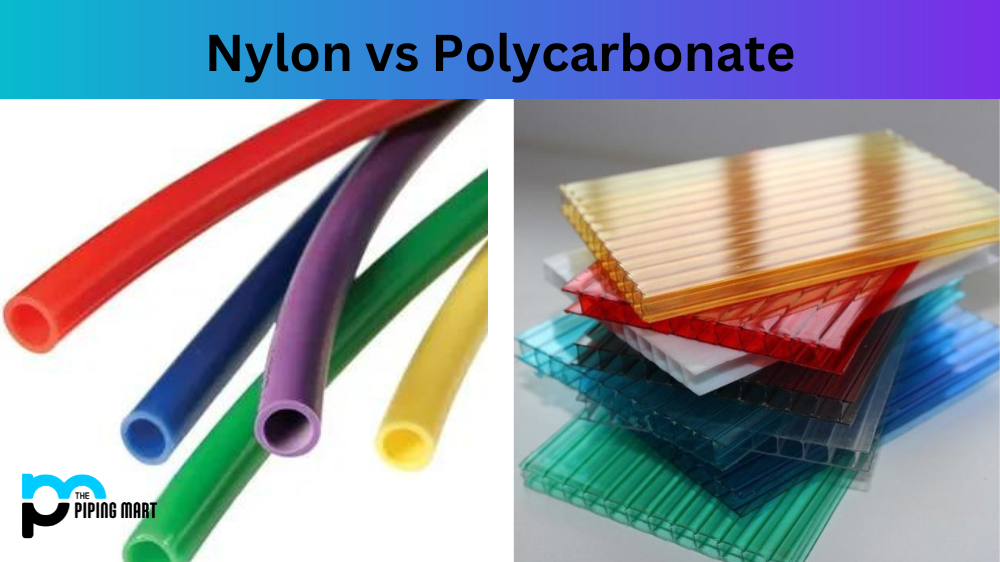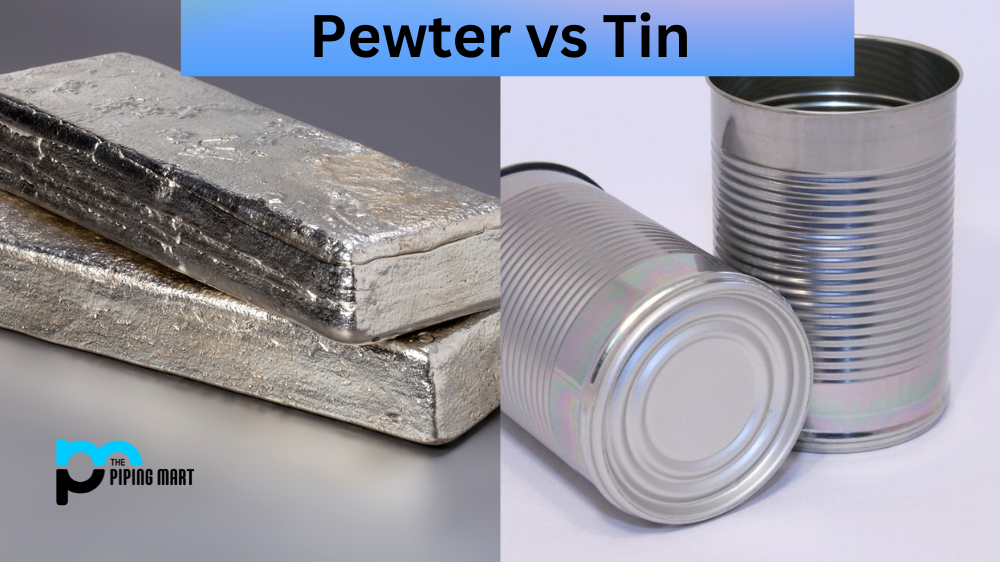Are you looking for an affordable and durable solution for manufacturing products? Look no further than nylon and polycarbonate alternatives. Both materials offer a range of benefits, but understanding the differences between them can help you make an informed decision about which one is right for your project. Let’s take a look at the pros and cons of each material.
What is Nylon?
Nylon is a strong and lightweight synthetic polymer material that is typically used to make items such as fabric, thread, rope, carpets and plastics. It’s known for being extremely resistant to tearing or bending, yet also having a soft texture. Nylon has been used since its invention in 1935 by Wallace Carothers at DuPont Corporation and continues to be widely used in the production of many everyday products.
What is Polycarbonate?
Polycarbonate is a synthetic thermoplastic polymer made up of repeating units linked by carbonate groups. It is extremely lightweight and strong, making it a popular material for eyeglass lenses, medical devices, auto parts, electronics components and even bulletproof glass. It’s also resistant to heat and chemicals so it can be used in many diverse applications.
Nylon vs. Polycarbonate: The Pros and Cons
Nylon is a strong, lightweight material that is highly resistant to wear and tear. It’s also very easy to manufacture using injection molding or extrusion processes. Nylon is relatively cheap compared to other materials like steel or aluminum. On the downside, nylon may not be as rigid or durable as polycarbonate in certain applications.
Polycarbonate is a thermoplastic polymer with superior strength and durability compared to nylon. It’s also highly resistant to weathering, UV radiation, and chemical exposure. However, it can be more expensive than nylon due to its superior properties. Polycarbonate can also be challenging to work with due to its high melting point. For this reason, it may require special tools or machinery when being formed into desired shapes.
Cost Effectiveness
Regarding cost-effectiveness, both materials offer their own advantages depending on the application needs. In general, nylon is the more affordable option. At the same time, polycarbonate offers superior performance in terms of strength and durability—making it a better choice if your project requires these qualities over cost savings alone.
Conclusion:
Nylon and polycarbonate are two great options for manufacturing products on a budget without sacrificing quality or performance. Each material offers its own unique set of benefits that should be taken into consideration when making your decision about which one will best suit your needs. Ultimately, your choice will depend on what kind of performance you need from the material as well as how much you are willing to invest in getting the most cost-effective solution possible for your project.

Abhishek is a seasoned blogger and industry expert, sharing his insights and knowledge on various topics. With his research, Abhishek offers valuable insights and tips for professionals and enthusiasts. Follow him for expert advice on the latest trends and developments in the metal industry.




